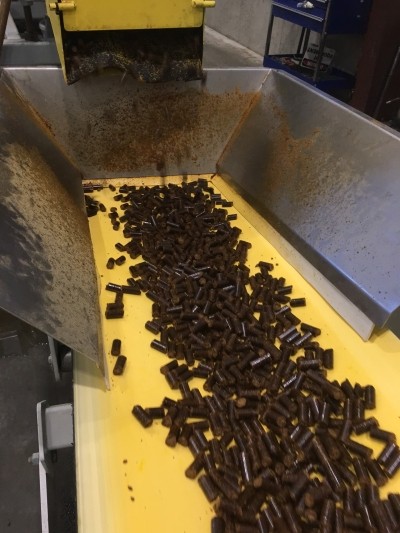Reports from CFI's Strategy Conference on Animal Agriculture
What does transparency mean for feed manufacturers?

Transparency and how conversations around animal agriculture are framed were among the topics discussed at this week’s Strategy Conference on Animal Agriculture hosted by the Center for Food Integrity (CFI) and meeting of the Coalition for Sustainable Animal Agriculture (CSAA).
“CSAA is a project under the CFI umbrella,” said Charlie Arnot, CEO of CFI. “We have several different activities focused on different elements of the food systems and helping [the industry] earn consumer trust – this one happens to be focused on animal agriculture.”
Looking at ways to improve relations with consumers, not just producers, may play an increasingly important role for feed manufactures, he told FeedNavigator.
Wake-up call for feed sector
“All of a sudden now you have a consumer brand saying animal feed is relevant to our brand attributes, and we’ve never seen that before,” he said. “From my perspective that’s a huge wakeup call for the animal feed industry.”
He was referring to the recent announcement from yoghurt maker, Dannon, that it would be sourcing the ingredients used in its products from sustainable sources and that it would use milk from cows not fed on genetically modified (GMO) corn.
“That [decision by Dannon] should be a slap in the face, if not something stronger, that consumer issues are [feed manufacturing] issues, and that [the feed sector] needs to start paying attention to how consumers think, and feel, and what they believe about what they eat.”
“If I’m an animal feed producer today, then I need to be more interested in what my customer’s customer is thinking about my product,” he said.
The GMO discussion is part of this transition, said Arnot. However, concerns about antibiotic use in animal production also may be part of the same movement. “If it’s in the feed, it’s going to be fair game," he added.
Moving forward
There some steps that can be taken to protect the use of ingredients in animal feed, said Arnot, including engaging with companies or helping them understand benefits of using certain products. "Here’s how animal feed contributes to helping you build your brand identity, as opposed to here’s why our ingredients are a liability for your brand,” he said. “They need to start having that conversation with food system stakeholders.”
Additionally, work can be done to frame, or reframe the conversation, he said. “It’s the difference between can and should – science tells you if you can do something, society tells us whether or not we should.”
While the animal production system has been good about answering “can” questions, it needs to improve its ability to answer “should” questions, he said.
The CSAA is in the process of establishing risk analysis to cover both the pluses and minuses of using or not using certain treatments in animal production, said Arnot.
“We have members who have ‘never ever’ antibiotics programs, and we have conventional [producers] – we’re agnostic in the conversation, we don’t care,” he said.
But he said members like Costco, McDonalds, Publix and Wegmans are becoming more focused on feed ingredients. "So we’re trying to give them the tools and resources to make informed choices for their brands," said Arnot.
Not reaching out or having those discussions could lead to consequences for feed manufacturers, he added.







